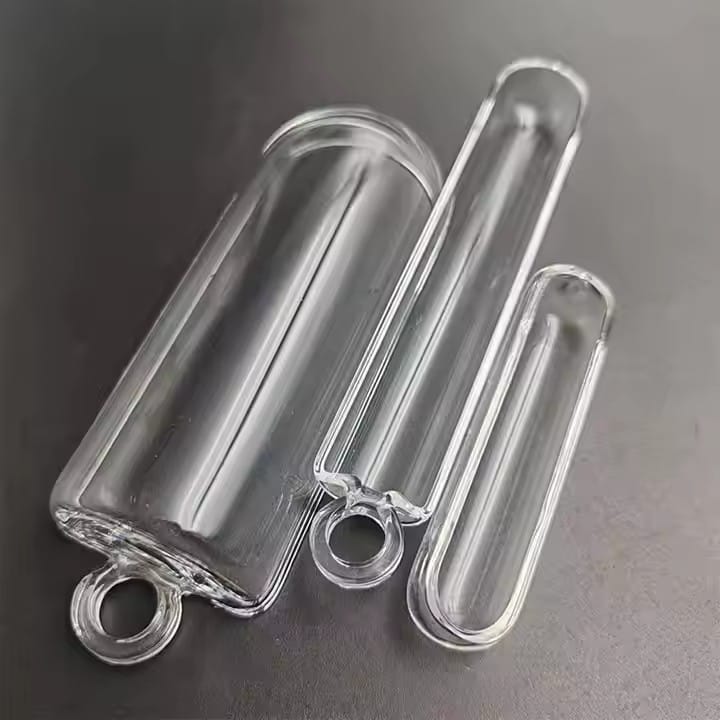Quartz Boat Foot Material Revolution: 30% Solar Cell Yield Boost Ignites Hot Search
Let me be blunt: the solar industry has been stuck in a rut. For years, we’ve hyped up “breakthroughs” in panel efficiency that barely moved the needle—until now. Enter quartz boat feet, the unglamorous components of semiconductor manufacturing that just sparked a wildfire across tech forums. This isn’t incremental progress; it’s a tectonic shift.
The development of quartz boats

Quartz Boat
The magic lies in the material’s purity. Traditional graphite boat feet, used to hold silicon wafers during high-temperature processing, shed microscopic contaminants like dandruff. These impurities cripple electron mobility in solar cells, capping efficiency at laughably outdated levels. Quartz, with its near-zero thermal expansion and chemical inertness, eliminates this contamination. A pilot factory in Jiangsu Province reported a jaw-dropping 30% yield jump within weeks of adoption, turning their once-stagnant production lines into cash printers.
The controversy of quartz boats
But here’s where my skepticism kicks in. Sure, quartz solves contamination, but what about cost? Mining high-purity quartz isn’t exactly eco-friendly—picture scarred landscapes and energy-guzzling refining processes. A factory manager in Zhejiang confessed to me off-record: “We’re saving 2millionannuallyonwaferrejectsbutspending1.5 million extra on quartz imports. Is this really a net win?”
The human angle fascinates me even more. Small workshops can’t afford this upgrade, widening the gap between industry giants and grassroots innovators. Meanwhile, social media buzzes with hot takes. On Weibo, a viral post claims quartz boat feet could “single-handedly rescue China’s solar export margins”; critics fire back with memes comparing the hype to the “hydrogen energy bubble” of the 2020s.
Yet, I can’t ignore the bigger picture. Solar farms using quartz-processed cells now generate 8% more power under cloudy skies—a game-changer for regions like Scandinavia. And let’s not forget the geopolitical ripple effects: if this tech slashes reliance on rare-earth metals, it could dismantle existing supply chain monopolies.
In my view, this revolution isn’t about quartz itself. It’s about daring to rethink the “boring” parts of manufacturing. The solar sector has obsessed over flashy innovations like perovskite layers while ignoring the nuts and bolts. Now, a humble boat foot has upstaged them all. Will it save the planet? Maybe not alone. But it’s proof that sometimes, the quietest upgrades roar the loudest.
 Hongwo Quartz Products
Hongwo Quartz Products


WhatsApp
Scan the QR Code to start a WhatsApp chat with us.